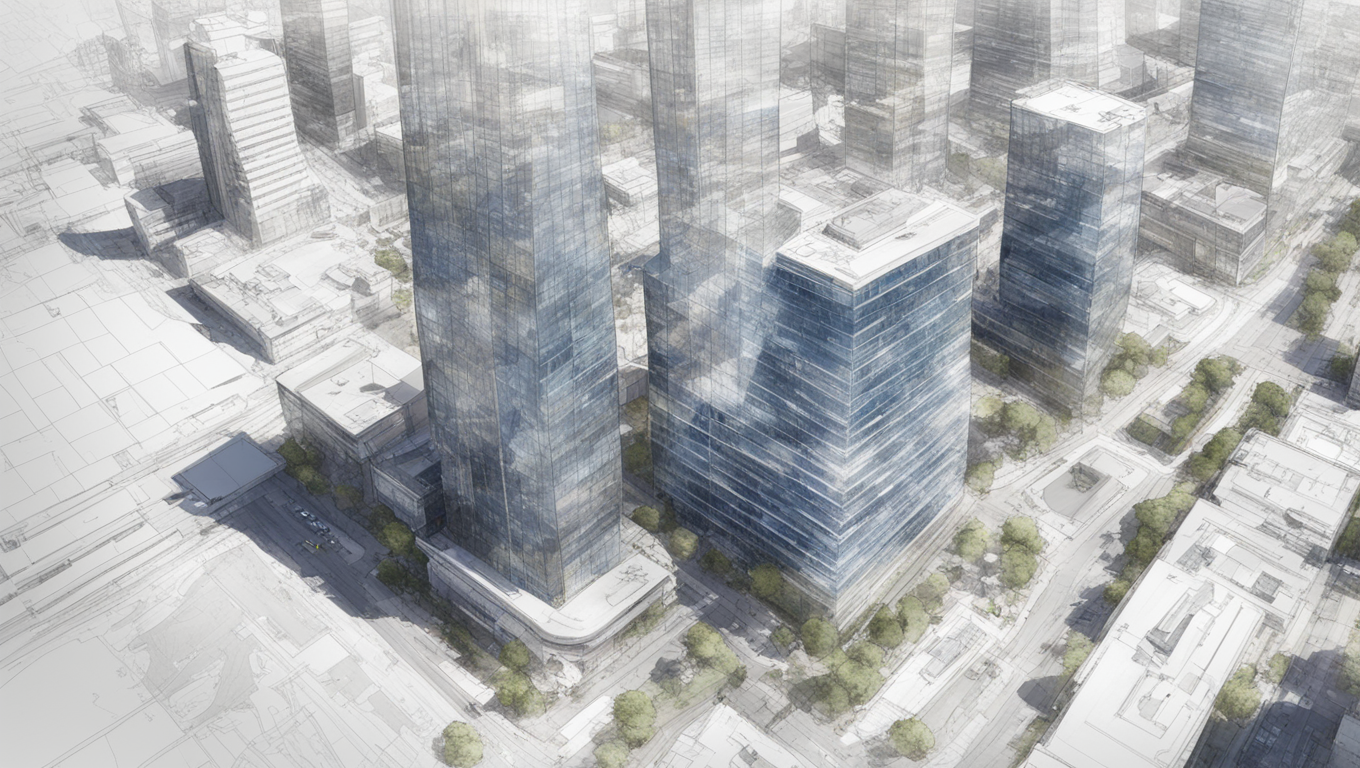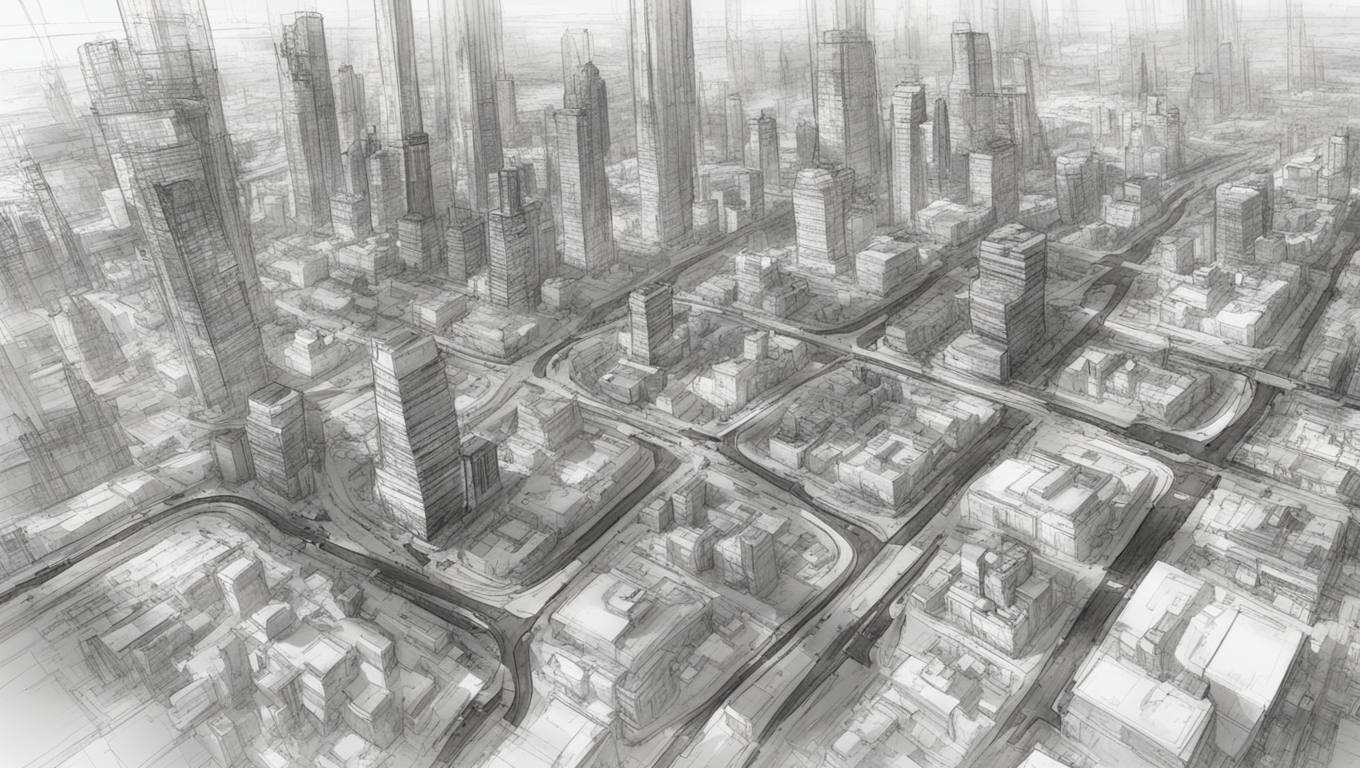The future of robotics has been unveiled, and it goes by the name of Optimus. Tesla, the American automotive and energy company, showcased its second-generation humanoid robot at the World Artificial Intelligence Conference in Shanghai. Equipped with Tesla’s self-developed neural network and computer vision technology, Optimus is a multitasking marvel, capable of handling multiple tasks simultaneously.
Elon Musk, the CEO of Tesla, expressed his optimism for Optimus at the company’s annual shareholder’s meeting. He believes that this advanced humanoid robot, once in full-scale production, could potentially lift Tesla’s market cap to a staggering $25 trillion in the future.
Although Optimus was on display behind glass and did not move or interact with visitors, it still managed to attract a lot of attention. Tesla promoted the robot on Chinese social media platform Weibo, inviting the public to “witness the further evolution of humanoid robots.”
While Optimus stole the spotlight at the conference, several Chinese robotic companies also showcased their products as alternatives. Shanghai-based companies such as Fourier, Tlibot, Dataa Robotics, Robotera, Leju Robot, Shanghai Kepler Robot, and Ti5 Robot took center stage to display their humanoid robots. In total, 18 robots were presented at the event, including “Healthy Loong” developed by Humanoid Robots (Shanghai).
However, despite the hype surrounding humanoid robots and their potential applications in various sectors such as education, entertainment, healthcare, elder care, and factory manufacturing, these robots are still in the research stage. Representatives from the companies emphasized that they are not yet generating sales.
One of the major barriers to the widespread deployment of humanoid robots is their high costs. According to an engineer at Tlibot, a company founded in 2012 in Mianyang, Sichuan province, a humanoid robot can cost between 500,000 yuan ($70,000) and 1 million yuan ($140,000), depending on its complexity. In comparison, Tesla’s Optimus is expected to sell for up to $30,000, making it a more affordable option.
Developing software systems for humanoid robots presents its own challenges. Wu Changxuan, an engineer with Leju Robot, highlighted that software development is more challenging than hardware development when it comes to humanoid robots. The company is exploring ways to widen the applications of its Kuavo robot, which is powered by Kaihong OS, derived from Huawei’s OpenHarmony, an open-source operating system for smart devices.
China has set an ambitious goal of achieving mass production of humanoid robots by 2025, according to a guideline published by the Ministry of Industry and Information Technology in November last year. The country recognizes the potential of humanoid robots and aims to position itself at the forefront of their development and deployment.
As we witness the evolution of humanoid robots, the future holds great promise. With advancements in technology and increasing affordability, these robots are poised to revolutionize various industries, offering new possibilities and opportunities. The competition among companies like Tesla and their Chinese counterparts will drive innovation and propel the development of more sophisticated and capable humanoid robots. As Elon Musk stated, “The future is coming faster than we think.”





Use the share button below if you liked it.